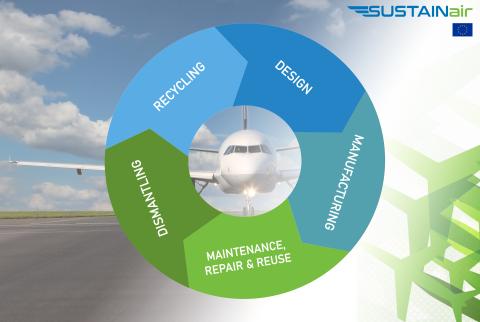What is Closing the Loop Manufacturing?
Closing the loop in manufacturing refers to a circular economy approach where waste is minimized and resources are kept in use for as long as possible. Instead of a linear “take-make-dispose” model, closing the loop prioritizes reuse, recycling, and remanufacturing, creating a more sustainable and efficient system. It’s about designing products with their end-of-life in mind, making them easier to disassemble, repair, and repurpose. This approach significantly reduces environmental impact and reliance on virgin materials.
The Environmental Imperative for Circularity
Our planet is facing significant environmental challenges, from climate change to resource depletion. Traditional manufacturing practices contribute heavily to these problems through resource extraction, pollution, and waste generation. Closing the loop offers a crucial solution by reducing our reliance on finite resources and minimizing the environmental footprint of production. By recovering valuable materials from waste streams, we lessen the demand for new materials, reducing mining, energy consumption, and pollution associated with extraction and processing.

Economic Benefits of Closing the Loop
Beyond environmental benefits, closing the loop also presents significant economic advantages. Recovering and reusing materials can be more cost-effective than sourcing virgin materials, particularly for valuable resources. Remanufacturing products extends their lifespan, offering a cost-effective alternative to purchasing new items. This can lead to increased profitability and reduced operational costs for businesses, enhancing their competitive advantage in a market increasingly focused on sustainability.
Technological Advancements Driving Circularity
Technological innovations are playing a key role in facilitating closing the loop. Advancements in material science allow for the creation of more easily recyclable and reusable materials. Robotics and automation are improving the efficiency of disassembly and sorting processes. 3D printing and additive manufacturing enable the creation of products from recycled materials, reducing waste and minimizing the need for new materials. Data analytics and tracking systems offer greater transparency and traceability throughout the product lifecycle, enhancing efficiency and resource optimization.
Challenges in Implementing Circular Manufacturing
Despite its benefits, implementing closing-the-loop manufacturing faces challenges. Designing products for recyclability and disassembly requires careful planning and consideration throughout the design phase. Infrastructure for collecting, sorting, and processing recycled materials needs to be developed and improved. Collaboration across supply chains is vital to ensure efficient material flow and reuse. Consumer behavior also plays a role, as increased participation in recycling and product return programs is crucial for the success of circular initiatives.
Collaboration and Policy Support for a Circular Future
Achieving a truly circular economy requires collaboration among stakeholders across the entire value chain – from manufacturers and designers to consumers and policymakers. Governments play a crucial role by establishing supportive policies, regulations, and incentives that encourage businesses to adopt circular practices. This may include extended producer responsibility schemes, promoting investment in recycling infrastructure, and establishing clear standards for material recyclability. Industry collaboration is essential for sharing best practices, developing common standards, and creating efficient material recovery systems.
The Future of Closing the Loop Manufacturing
The future of closing the loop manufacturing is bright, driven by increasing environmental awareness, technological advancements, and economic incentives. As the demand for sustainable products grows, businesses are increasingly recognizing the value of incorporating circular economy principles into their operations. Through continued innovation, collaboration, and policy support, we can move towards a more sustainable and resource-efficient future where waste is minimized and resources are valued and reused for generations to come. Read also about circular economy in manufacturing.

